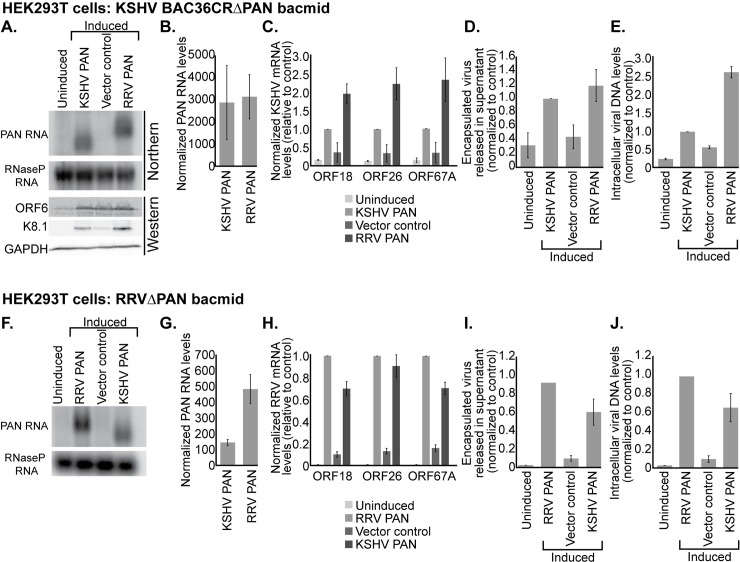Fig 2. KSHV and RRV PAN RNA are functional homologs.
(A) HEK293T cells were transiently transfected with KSHV BAC36CRΔPAN bacmid, kORF50/RTA plasmid and either an empty vector control or a PAN RNA expression vector. 4 h after transfection, the cells were induced into the lytic phase with 600 μM valproic acid. 72 h later, a subset of the cells was harvested for Northern blot analysis of PAN RNA levels and for Western blot analysis of viral protein ORF6 (an early protein) and K8.1 (a late protein). Northern probes complementary to both RRV and KSHV PAN RNA were mixed in the same hybridization reaction. (B) RT-qPCR quantification of PAN RNA levels relative to that of five viral transcripts (see Materials and Methods). (C) RT-qPCR analysis of the early viral transcript ORF18 and two late viral transcripts ORF26 and ORF67A relative to RNaseP RNA. (D) Three days after lytic induction, DNase-resistant encapsulated viral DNA levels in the media were assessed by qPCR and normalized to an external loading control added at the onset of viral DNA isolation. (E) Three days after lytic induction, intracellular DNA was harvested and the level of intracellular viral DNA relative to host DNA was determined by qPCR. The average signal from two primer pairs specific to the viral genome was normalized to the average signal from two primer pairs specific to the human genome. (F) HEK293T cells were transiently transfected with RRVΔPAN bacmid, rORF50/RTA plasmid and either an empty vector control or a PAN RNA expression vector. 4 h after transfection, the cells were induced into the lytic phase with 100 nM TSA. In the same manner as described above, PAN RNA levels (G), viral transcript levels (H), extracellular released viral DNA (I) and intracellular viral DNA (J) were analyzed. Data are the average of three biological replicates and error bars represent standard deviations of the mean.

